According to a report issued last week by the station of Washington State Recreation and Conservation Office, populations of wild salmon in the state's rivers are improving, albeit not across the board. The report indicates that the state of wild salmon stocks differ by water body and region, but are generally improving or remaining static. Despite the general trend, some locations and populations are on the decline, though the bulletin refers to these negative changes as "slightly declining".
The report identifies the Hood Canal's summer chum salmon and Snake River's fall chinook salmon as the areas/populations where increases have been greatest. Also included in the list of highlights are the Middle and Upper Columbia River's steelhead populations. The graphic above details positive and negative changes through the regions evaluated by the Washington Department of Fish and Wildlife and regional salmon recovery organizations throughout the state.
More positive news can be found in the report's summary of water quality through Washington's waterways. Ninety-five percent of Washington's waterways were found to have either improving water quality (35 percent) or no change in water quality, leaving only 5 percent of Washington's rivers on the decline in regards to water quality.
The report also highlights the major threats facing salmon recovery in Washington, which it identifies as habitat loss due to human development and impacts resulting from ongoing climate change (including the loss of winter snowpack leading to lower summer water levels and rising ocean levels leading to estuary and shoreline flooding). Also included in the list of threats to salmon recovery are over-fishing, the need for further dam removal, "some hatchery practices" and a lack of funding for recovery programs.
Learn more and/or read the full Washington State of Salmon in Watersheds 2012 Report.




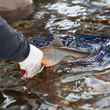

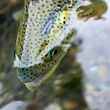
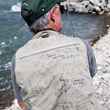



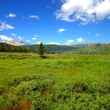
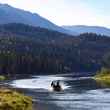



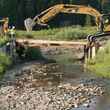










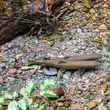


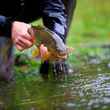
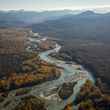
Comments